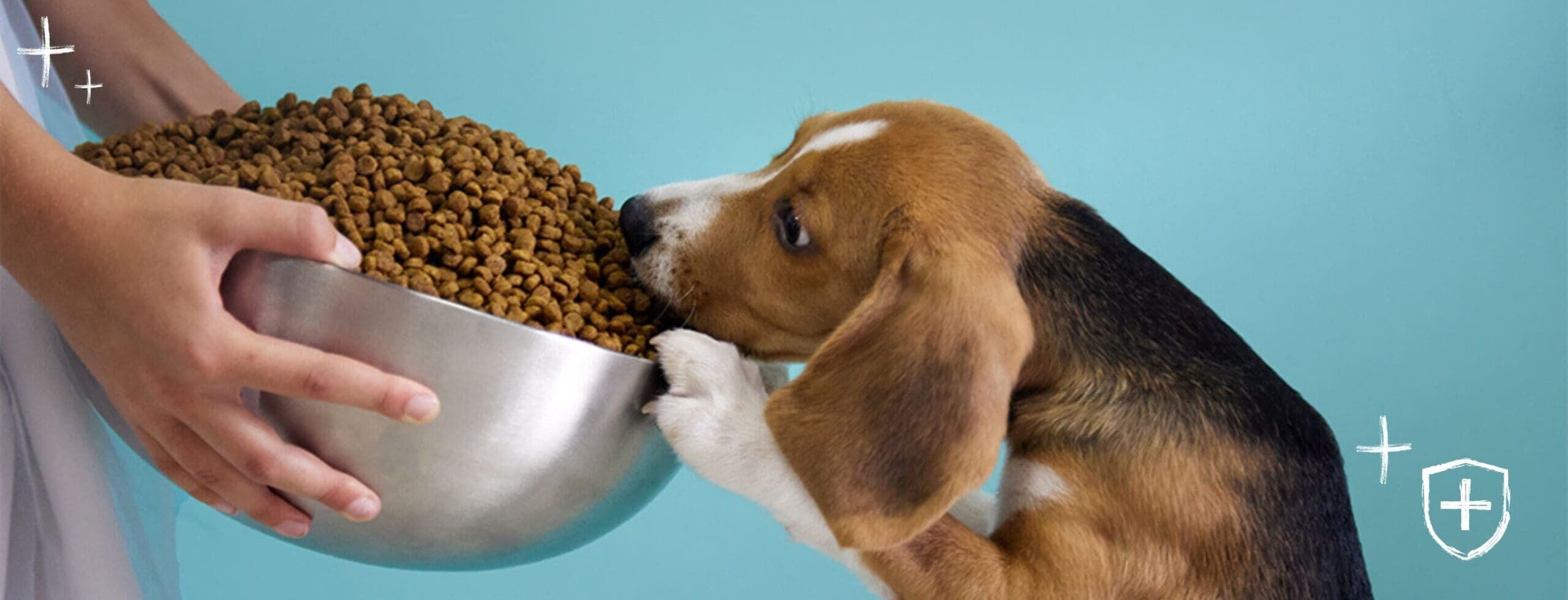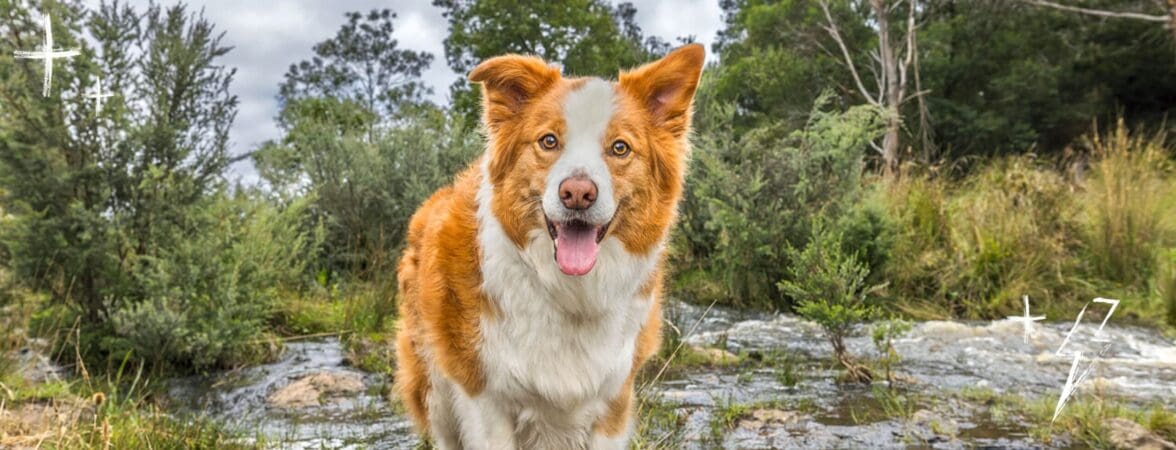

Overfeeding your Dog
We all love our fur babies and want to provide them with the best nutrition to keep them in excellent shape and condition. When it comes to portion size of the main meal and the occasional treats during the day, it’s easy to lose track of their calorie intake. Like humans, dogs have similar health risks associated with overfeeding. According to RSPCA, the most common problem caused by overfeeding causes obesity in dogs. A recent study by RSPCA shows that around 41% dogs in Australia are classified as overweight or obese. Overfeeding may also result in higher intake of vitamins and minerals in the pet food resulting in other health concerns. The vitamins and minerals in a pet food are carefully balanced to meet the daily requirement of your dog, therefore following a feeding guide is important.
What are other signs that you’re overfeeding your dog?
Unfortunately, it’s not always obvious to tell that your dog is being overfed until you meet another person’s dog of similar breed. Some of the signs that they are being overfed are lack of energy, not their usual self on walks, unfinished food in the bowl and sometimes loose stool.

What is the right portion size?
The easiest way to find out is to look for the feeding guide listed on the pet food bag. Every dog food has different energy density so be sure to check the feeding guide during any transition of diet. The feeding guide will be categories based on the dog weight and if your dog lives an active or inactive lifestyle. If you are feeding dry pet food use a standard cup measurement to make it easier. As much as everyone loves giving treats as a reward or a way to bond with them, be sure to limit the daily treats or adjust the main meal accordingly based on the treats given through the day. As always, consult your vet during your visit to confirm the portion size
Tags
You may also like

